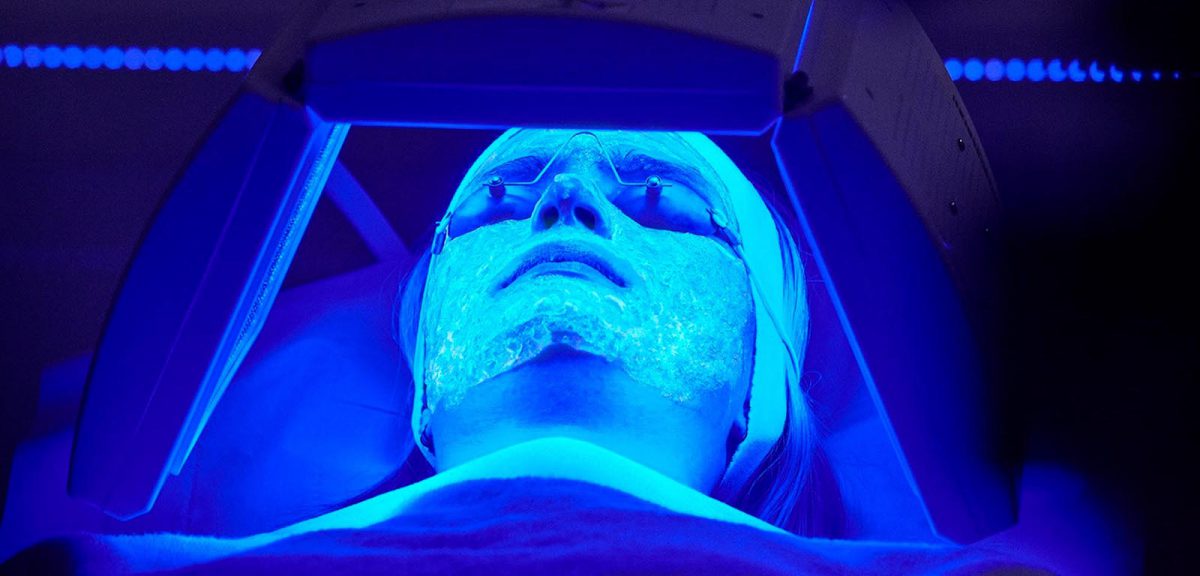Switch on light and switch off acne

Light therapies have come a long way
In the early days, potentially damaging UV light and even x-ray therapy were used to treat acne! Now, UV is out and specialised gels are in with the latest treatment being a biophotonic system used by Kleresca.
Blue light treatment has been around for a couple of decades in Australia. It involves directly exposing the entire skin area affected by acne to either a continuous or intense pulsed light (IPL) to kill the P. acnes bacteria in the skin.
Sydney dermatologist and All About Acne co-chair Dr JoAnn See says light therapies for acne can be used on their own or combined with a gel that becomes active once exposed to light.
“The gel produces a positive effect on the affected skin once it’s ‘switched on’ with light. The new gel and light combination offers a new way to treat difficult acne and may be used in the future for other conditions such as anti-ageing,” she added.
New light treatments for acne
One of the most recent light treatments for acne to become available in Australia – Kleresca – works by combining a patented lamp and a specially formulated gel that is applied on the person’s face. The gel is activated by the lamp’s light, producing a fluorescent light that triggers the skin’s own biological processes and repair mechanism. It’s known as a biophotonic system.
Kleresca works by reducing inflammation and normalising cell activity which lessens the appearance of acne. It also increases the build-up of collagen which may assist in reducing acne scarring.
A 12 week clinical trial published in the International Journal of Dermatology found the treatment reduced acne severity. Patients reported a decrease of acne related pain and an improved quality of life at six weeks.
“The trial involved patients with moderate to severe acne who received the biophonic treatment for six weeks and were then followed up after a further six weeks. It showed the skin continued to improve after the six week treatment period,” explains Dr See.
There were no serious adverse events. The most frequent adverse events were hair colour lightening with eyebrows coming into contact with the gel (7%), reddening of skin (6%) and hyperpigmentation (6%). All of the adverse events are transient in nature and do not require any intervention.
“Light therapies, including Kleresca, are another option for people with acne. They’re likely to be of more interest to people who would prefer not to take a medication but as with all acne treatments, discuss it with a medical professional to see if it is an appropriate option for you,” says Dr See.
Treatment with Kleresca is approximately nine minutes, twice weekly for six weeks and is available in selected practices by trained medical professionals.
